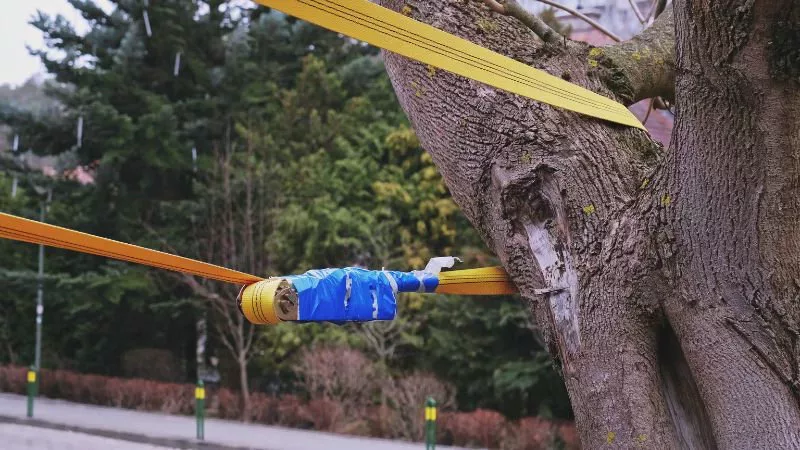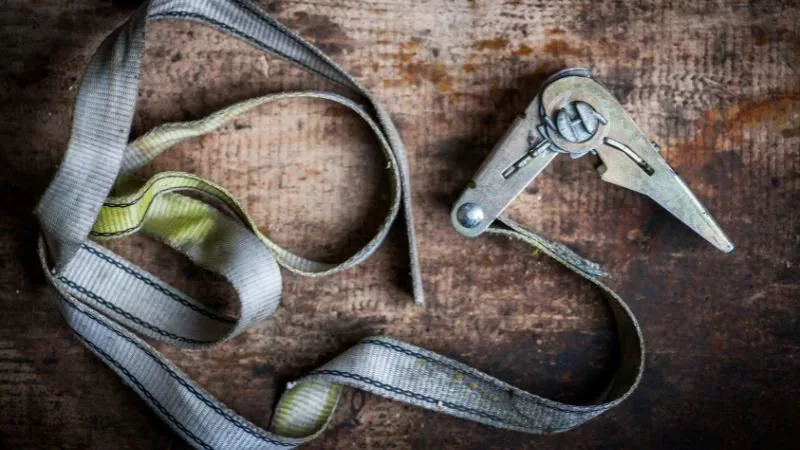
Ratchet straps are essential tools for securing cargo during transportation, storage, hauling, and other applications. These versatile straps are designed to be durable and reliable, but like any tool, they have a limited lifespan. Knowing how long you can safely use ratchet straps and understanding the factors that affect their longevity is crucial for ensuring the security of your loads and the safety of those around you.
In this article, we will explore the lifespan of ratchet straps and provide valuable safety tips to help you maximize their usefulness while minimizing the risks associated with worn or damaged straps. We will discuss the importance of regular inspections, proper maintenance, and timely replacement to ensure that your ratchet straps remain in optimal condition.
How Long Do Ratchet Straps Last?
On average, ratchet straps can last anywhere from 2 to 4 years, depending on the strap quality. Straps used daily for heavy loads may only last 6 months, while those used once or twice a month could last up to 4 years.
Tips to Make Ratchet Strap Last Longer

Key factors that affect the life span of ratchet straps usually include the usage frequency, storage and maintenance sills, or exposure elements.
The simplest way to keep your ratchet strap is to properly store it. Every time you use the strap, take a few minutes to roll it up and remove the webbing from the ratchet mechanism to prevent friction burns and cuts. A duffle bag is necessary to protect your straps from the harsh environment when they are not being used.
Furthermore, store it in a cool, dry place away from direct sunlight cause UV rays can break down the polyester fibers over time causing brittleness and discoloration.
Sometimes, when you use your tie-down straps in a high level moisture environment like the flatbed trailer or back of the cargo, ensure they are completely dry before storing them. Because moisture can lead to mold, mildew, and corrosion and cause damage to the polyester tie-down webbing of which the ratchet straps are made.
Regular maintenance is also important. The dry silicon spray is recommended to be used at least once a year to keep your ratchet strap away from rust and make the strap hardware move smoothly. Remember to lubricate the mechanism only, not the webbing.
How to use a ratchet strap properly?
First, open the ratchet lever fully and feed the free end of the strap through the slot. Pull the strap through and slip it under the ratchet mechanism and ratchet 2-3 times to get a light grip on the strap. Don’t over-cranking the ratchet handle as it could cause damage to your strap or to your cargo securement.
Then, insert the strap hooks into the anchor points on your vehicle/cargo and pull on the loose end to remove all slack from the strap. Pump the ratchet lever back and forth to tighten the strap until it’s taut.
Time Need to Change the Ratchet Strap

The common signs of a worn out ratchet strap:
- Abrasions, cuts, tears, snags, or holes in the webbing
- Broken, worn, or pulled-out stitching, especially in the load-bearing splices
- Signs of UV light degradation, such as fading of webbing color, uneven or disoriented surface yarn, or stiffening of the web
- Burn marks, melting, charring, or weld spatters on any part of the webbing
- Acid, alkali, or caustic burns on the webbing
- Knots, twists, or kinks in any part of the webbing
- Distortion, excessive pitting, corrosion, or other damage to buckles, end fittings, or hardware
- Clogged, stiff, or hard-to-crank ratchet mechanism
When should inspect the ratchet strap
Inspect ratchet straps before and after every use. Check for any signs of damage from your last cargo shipment, or at a minimum, examine your straps every couple of weeks if you don’t use them frequently. Periodically checking your straps for wear and tear is important; the more often you inspect, the safer they will be, as you will identify any damage quickly.
Frequently Asked Questions
What causes my ratchet straps to loosen, and how can I prevent it?
Ratchet straps may loosen due to vibrations during transit or improper use. To prevent this, ensure they are properly threaded through the ratchet mechanism, pulled tight, and that the ratchet is securely closed.
How can I prevent my tie-down straps from flapping in the wind during transport?
To prevent tie-down straps from flapping, you can use rubber tarp straps or bungee cords to keep the excess strap secured. Make sure they are not near any sharp edges or hot exhaust that could cause damage.

